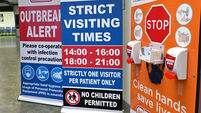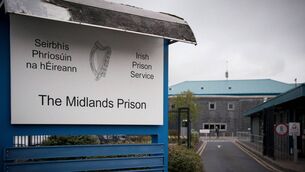Plans to save endangered red squirrel
Latest research has shown numbers of this tiny woodland mammal are falling 1% per annum, largely due to the infestation of a non-native cousin, the larger grey squirrel.
North American grey squirrels were released in Ireland at Castle Forbes, Co Longford, in 1911 and have been colonising southwards since, driving out the more timid red species.













